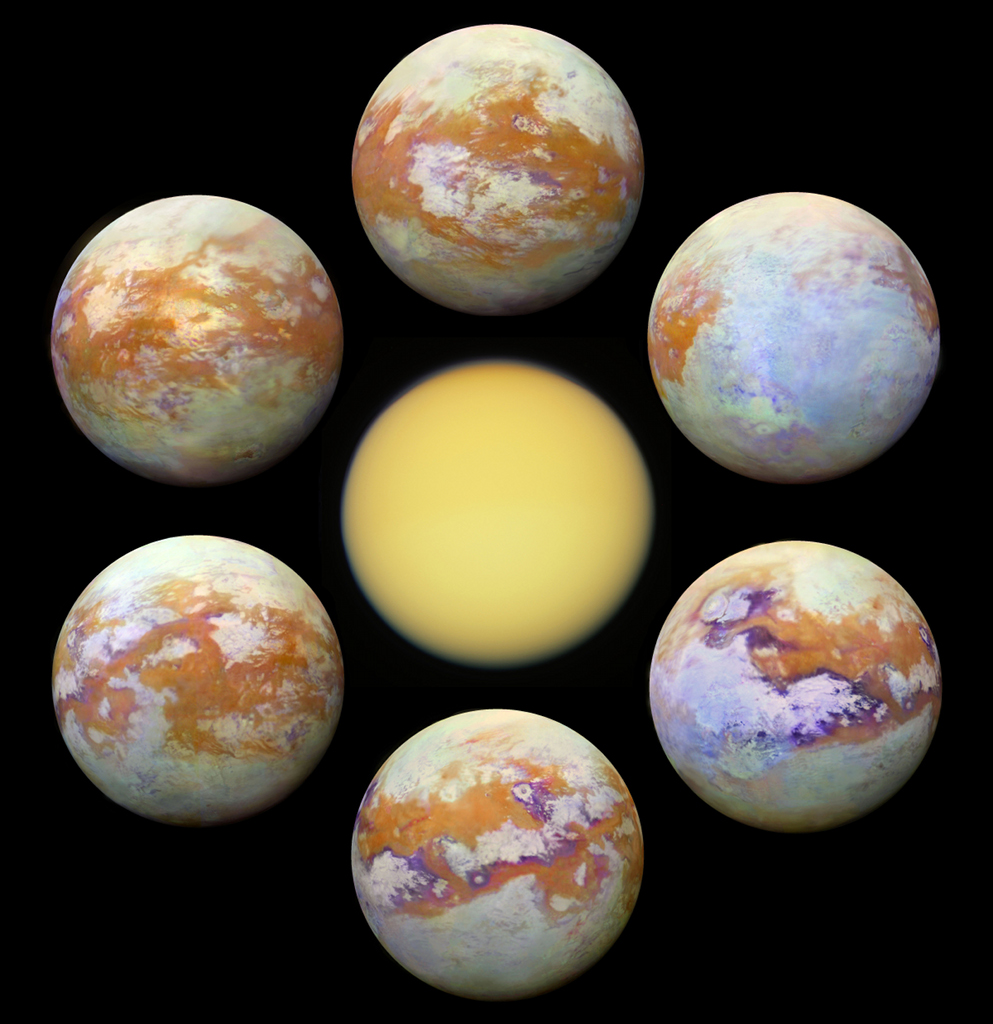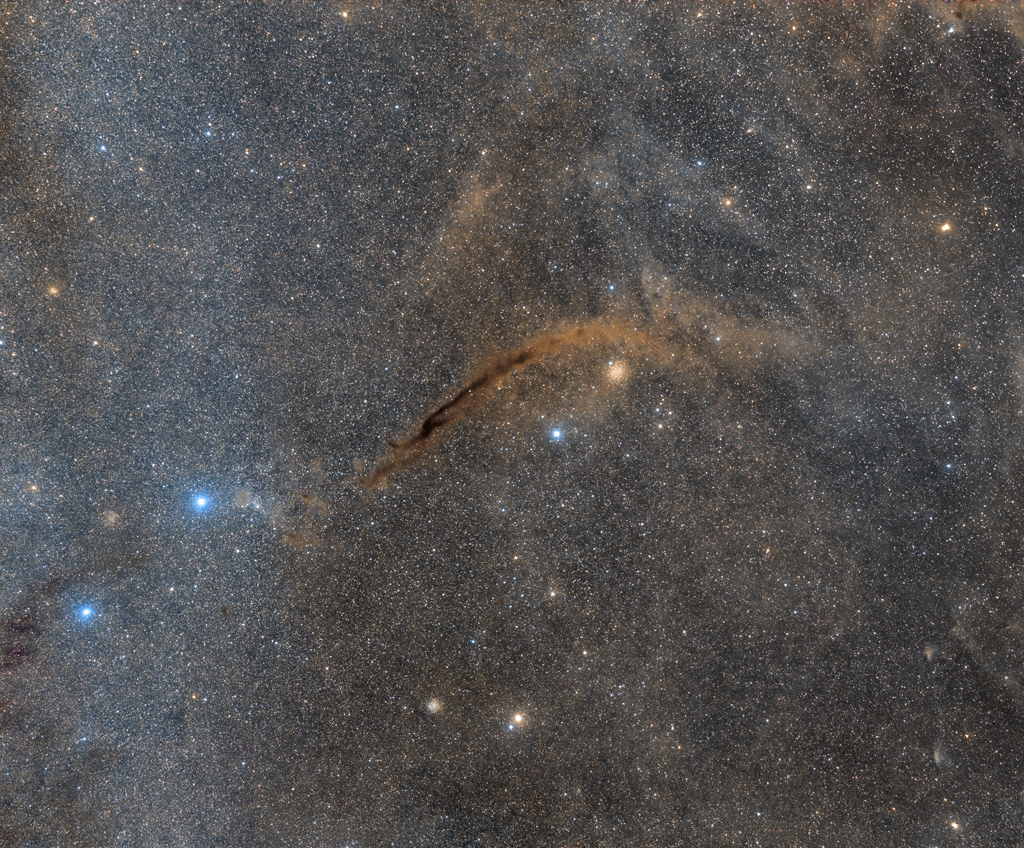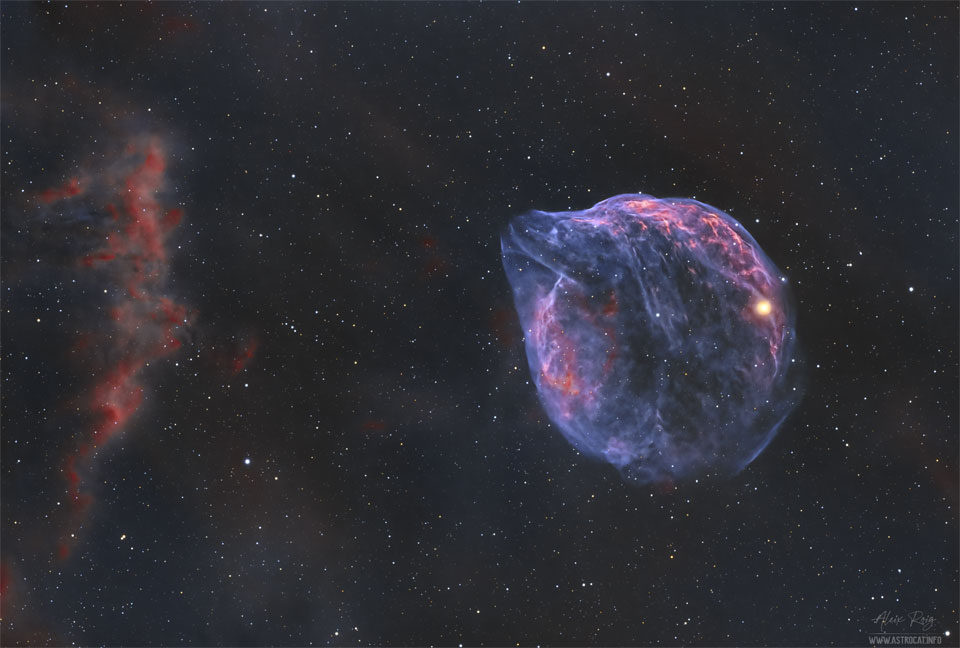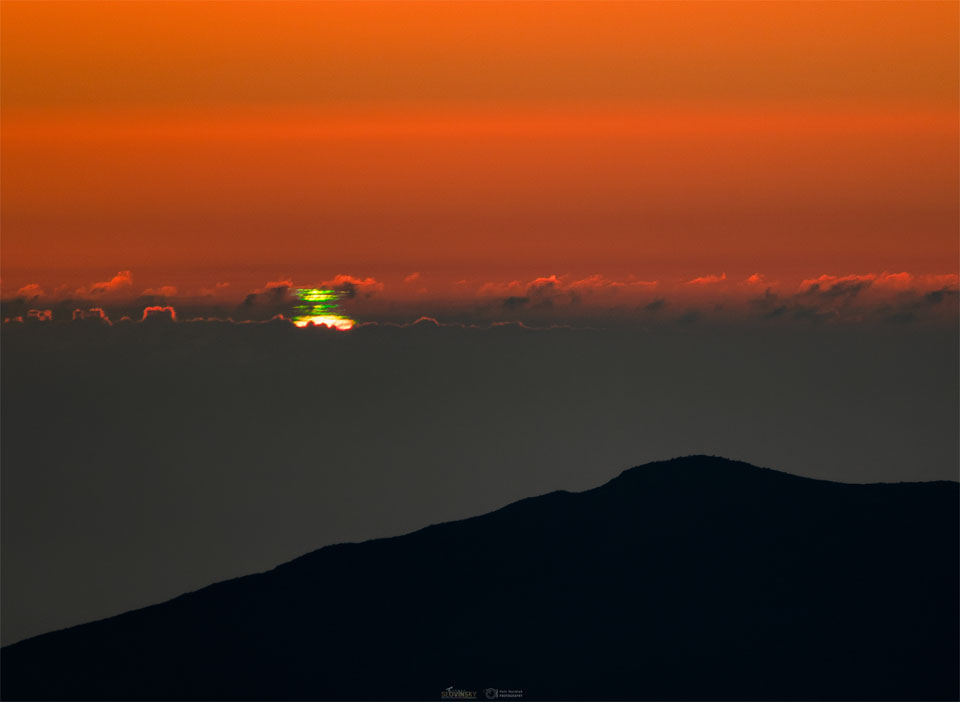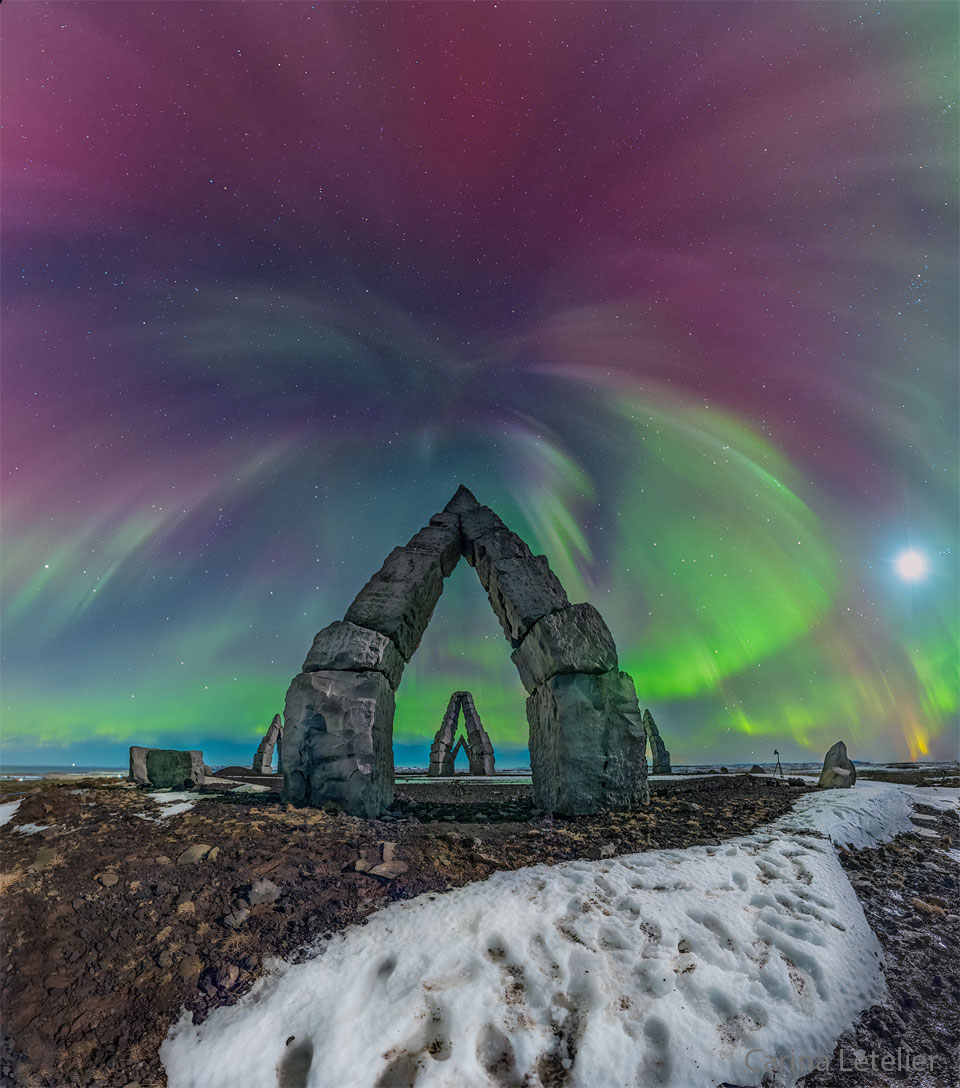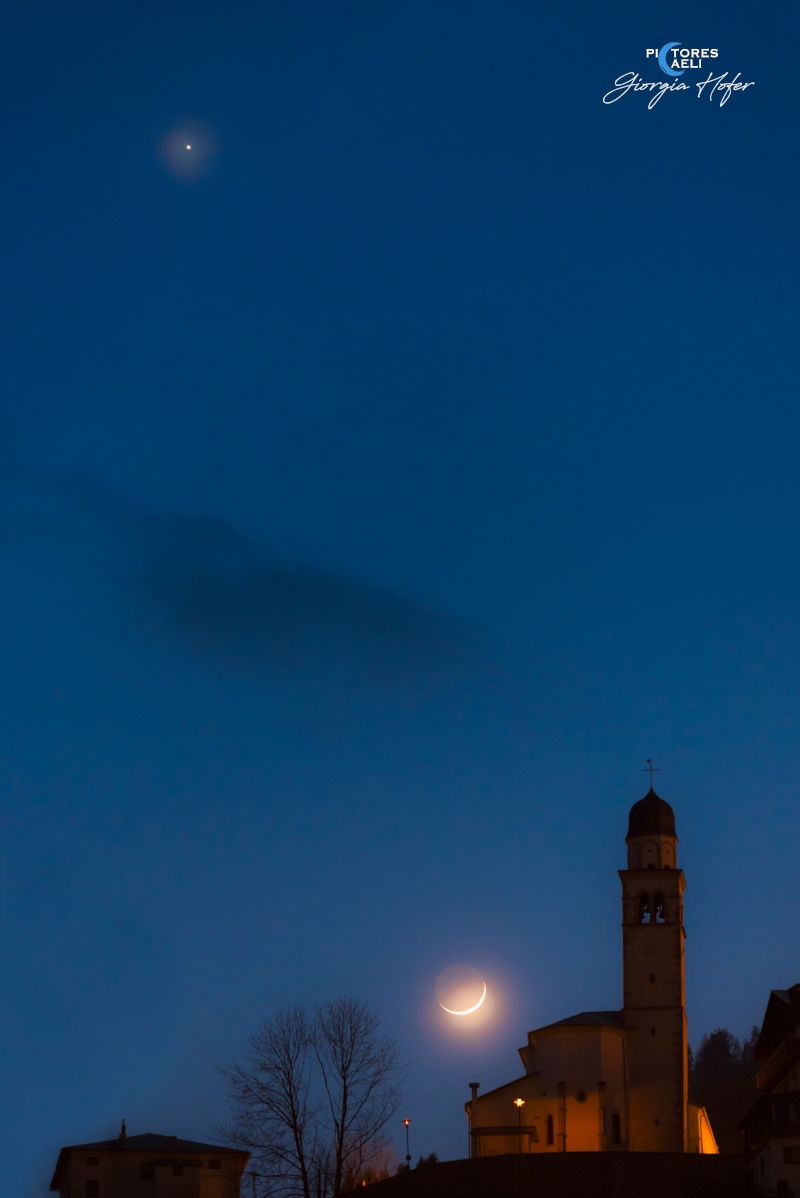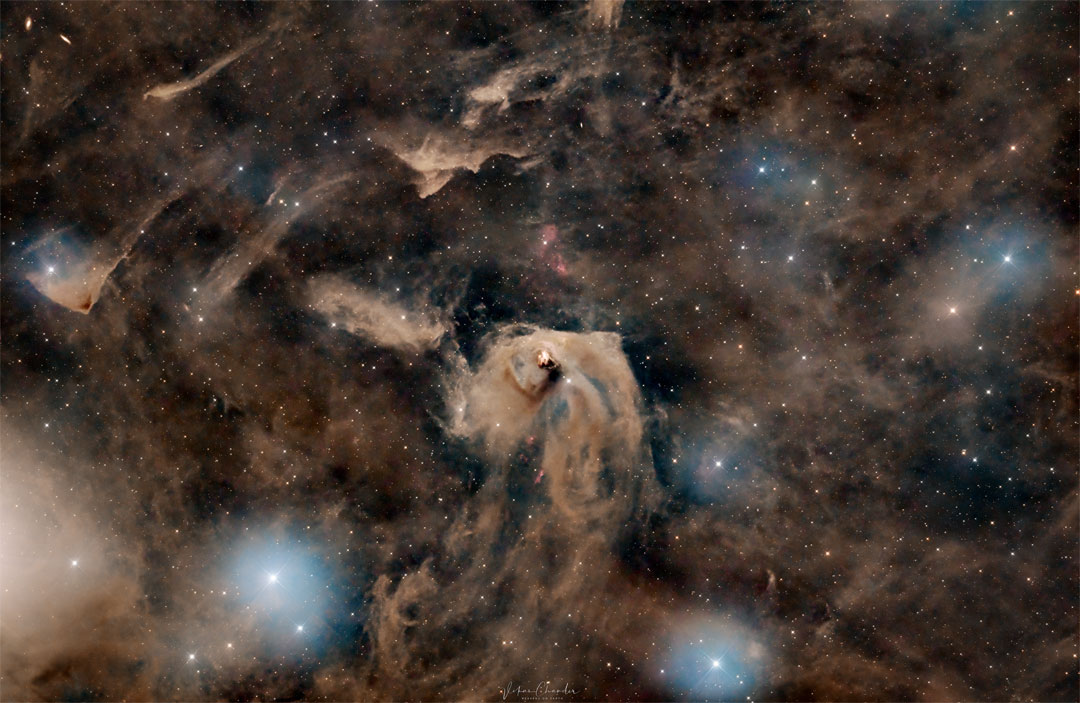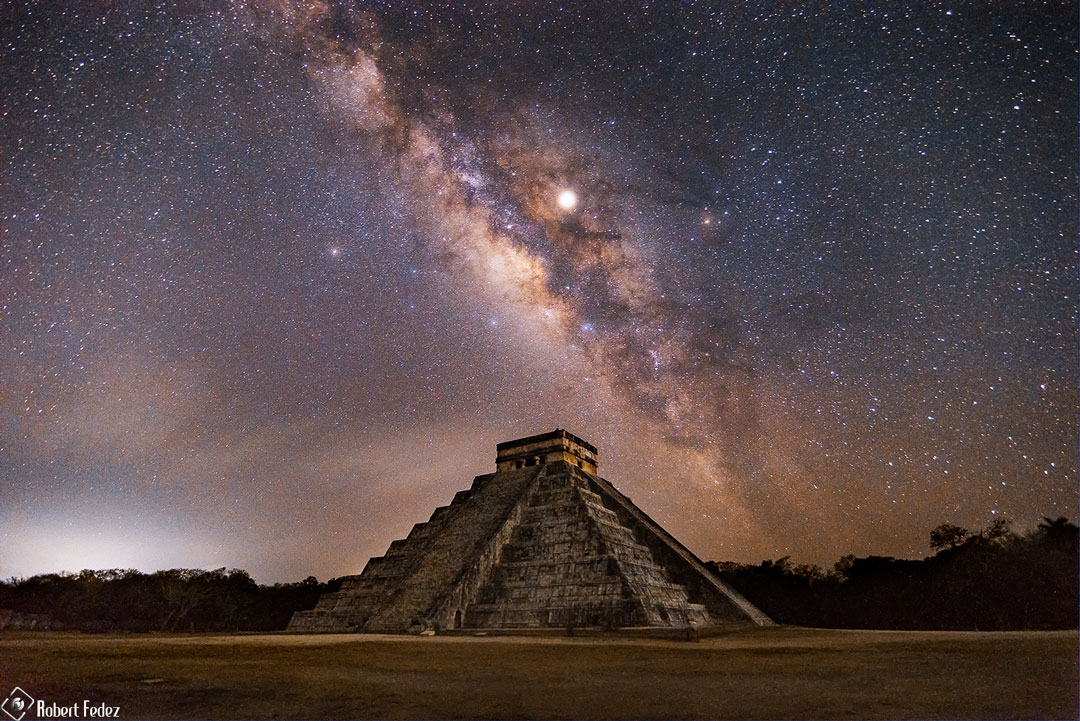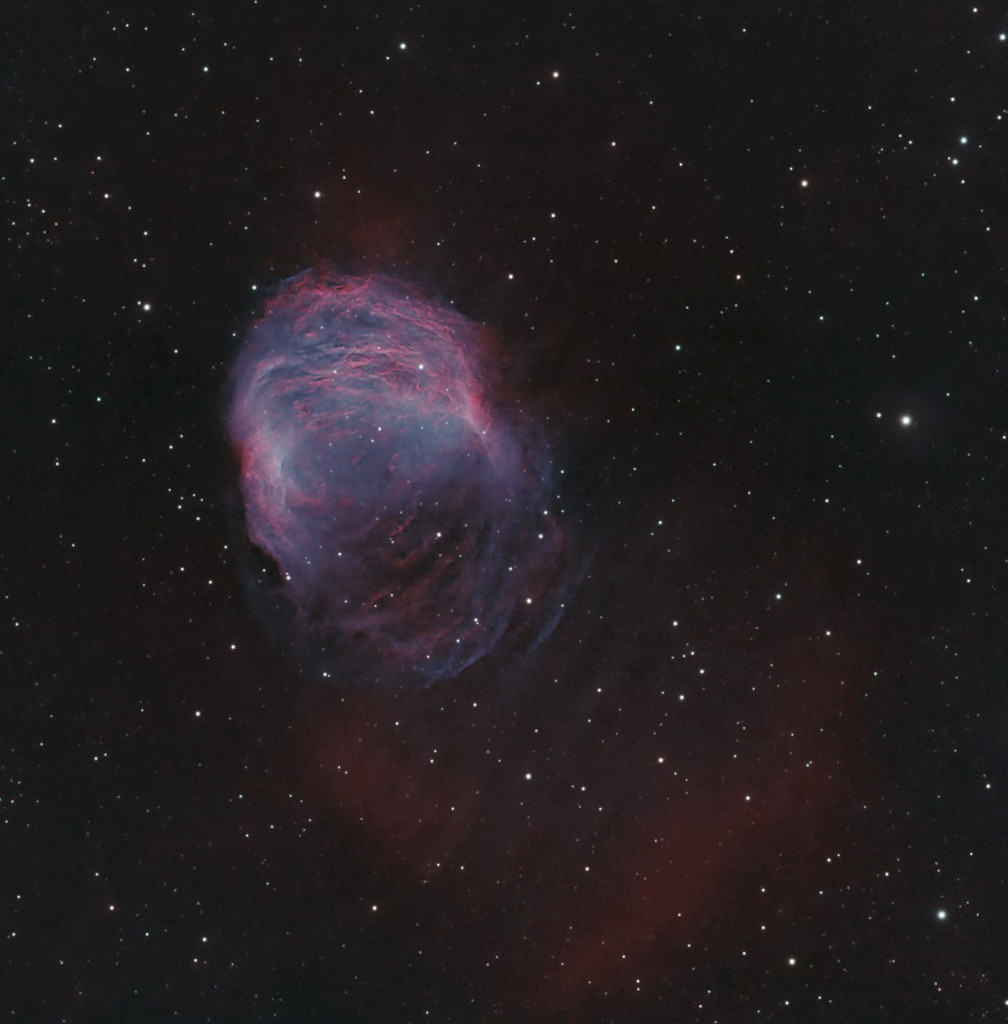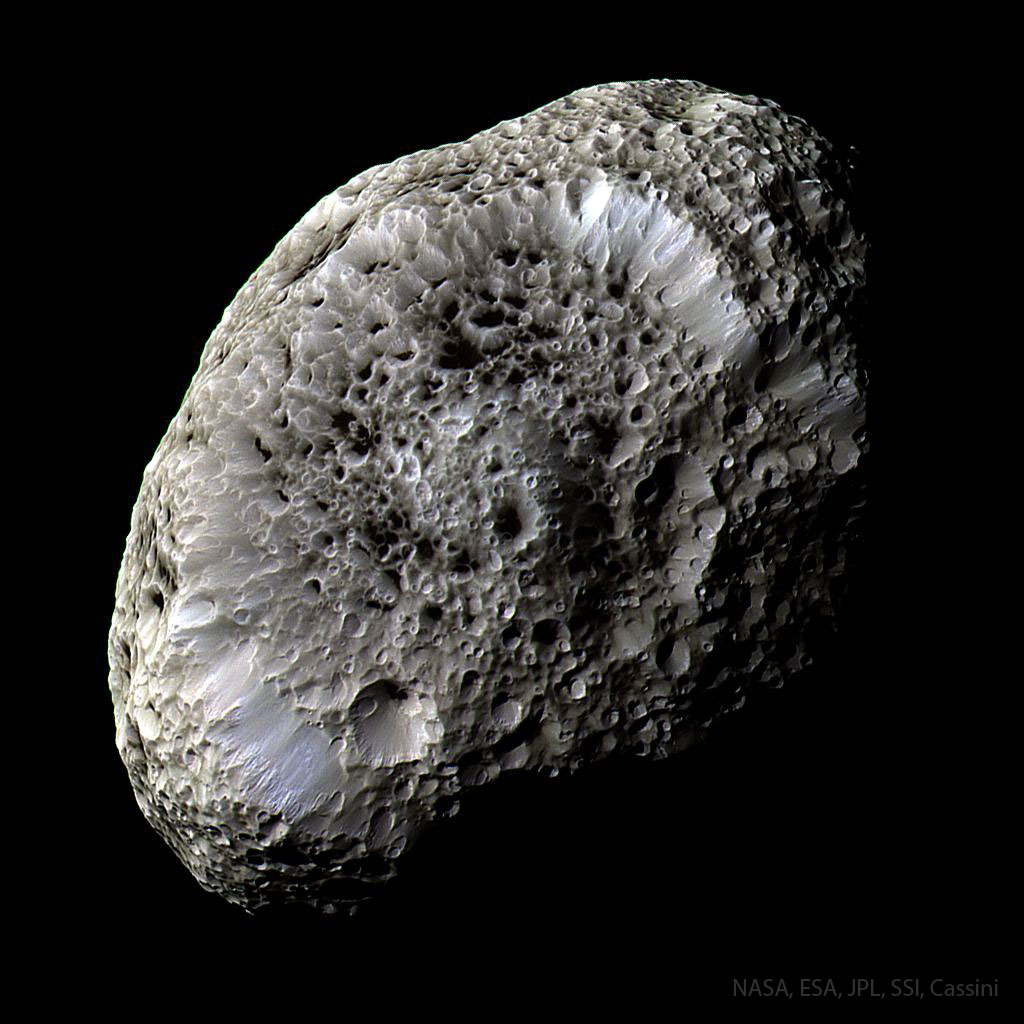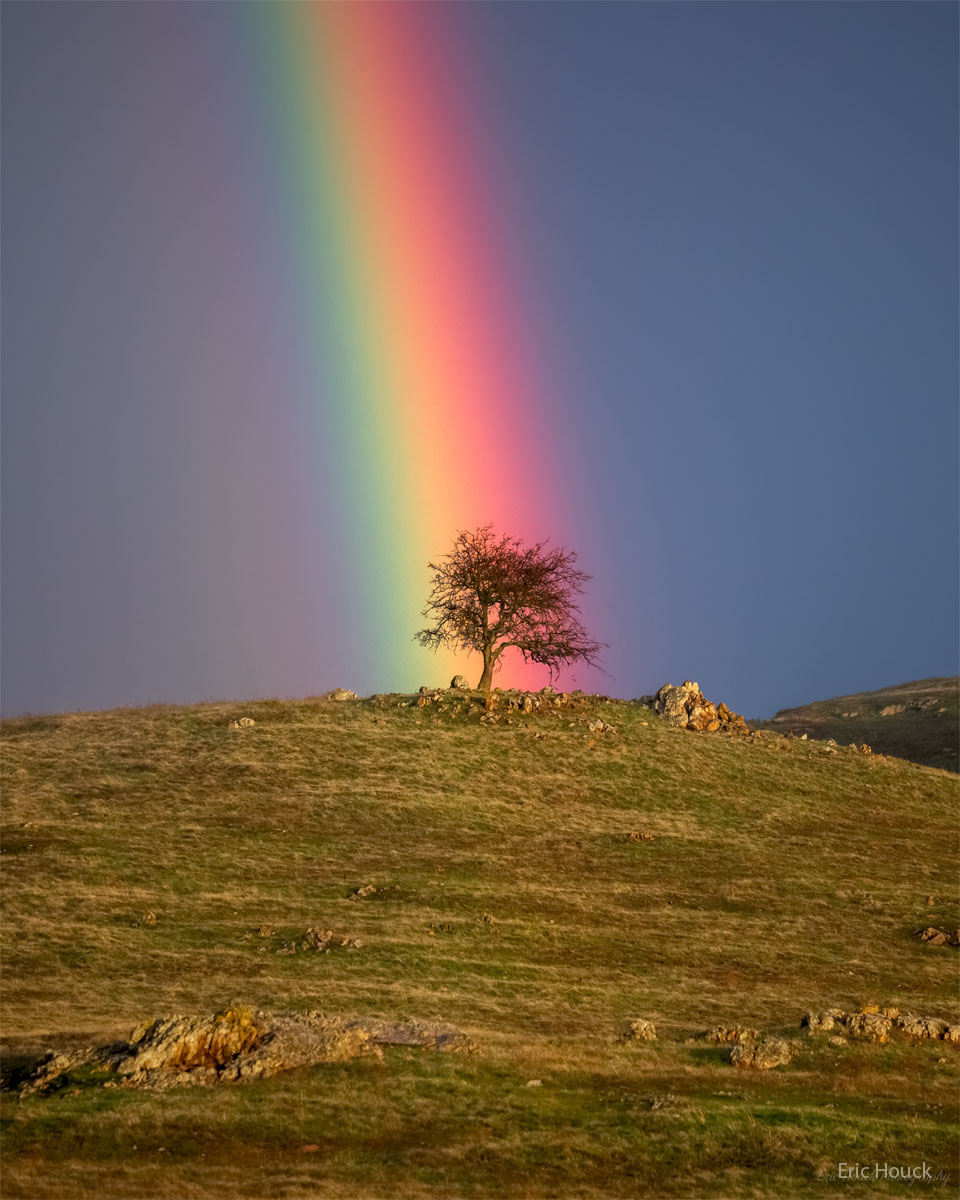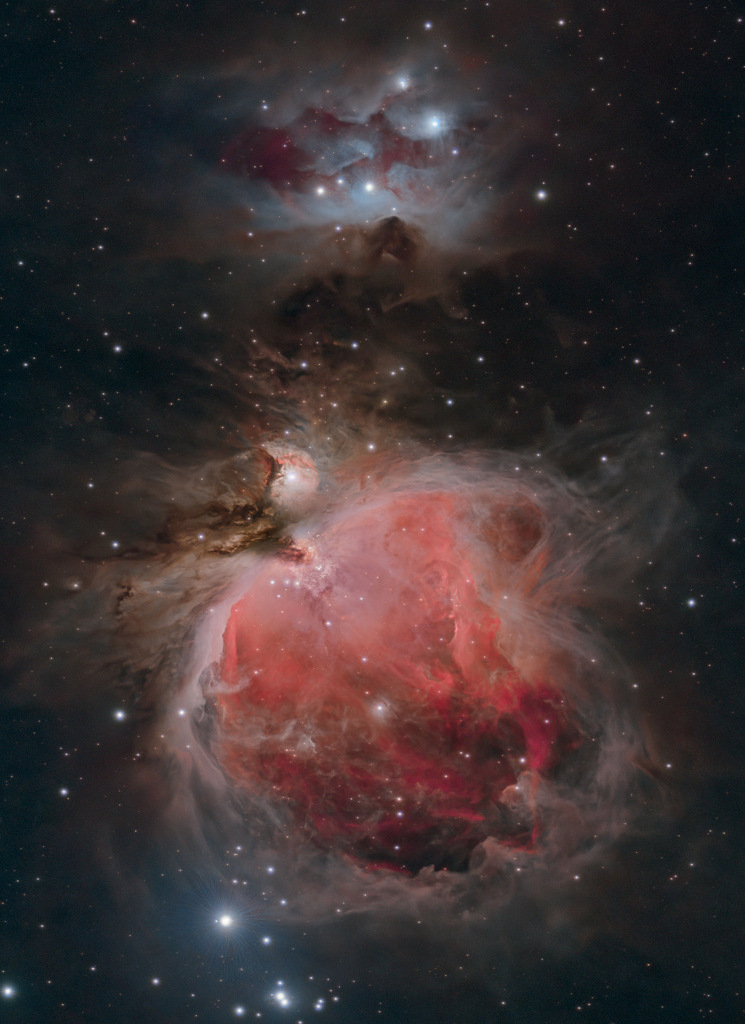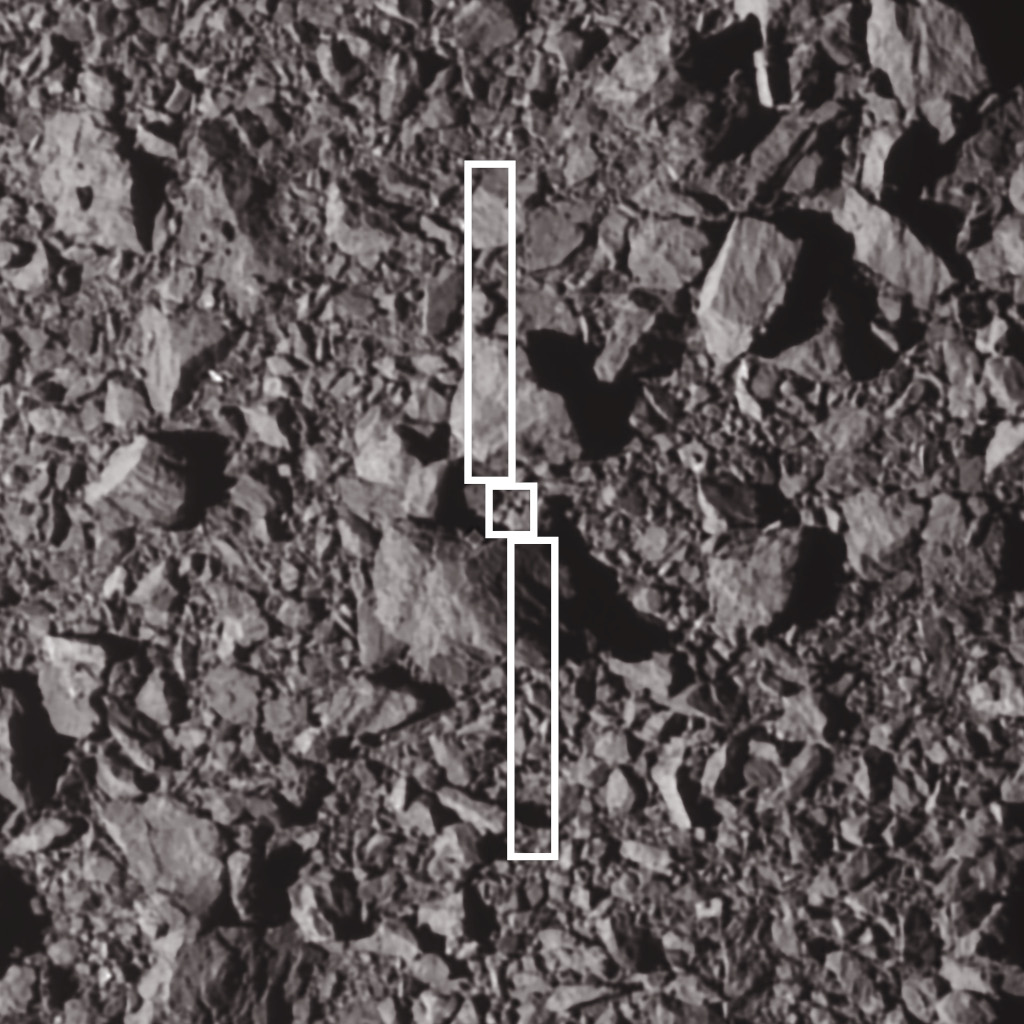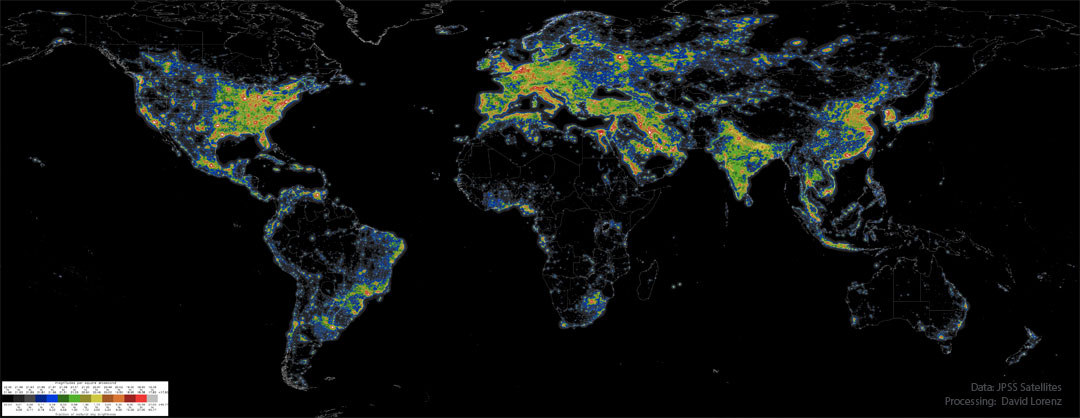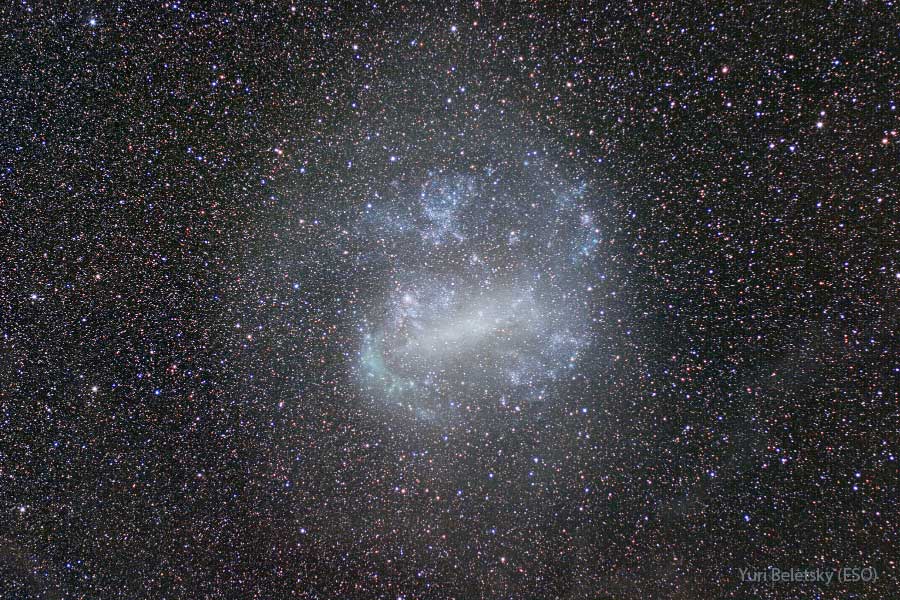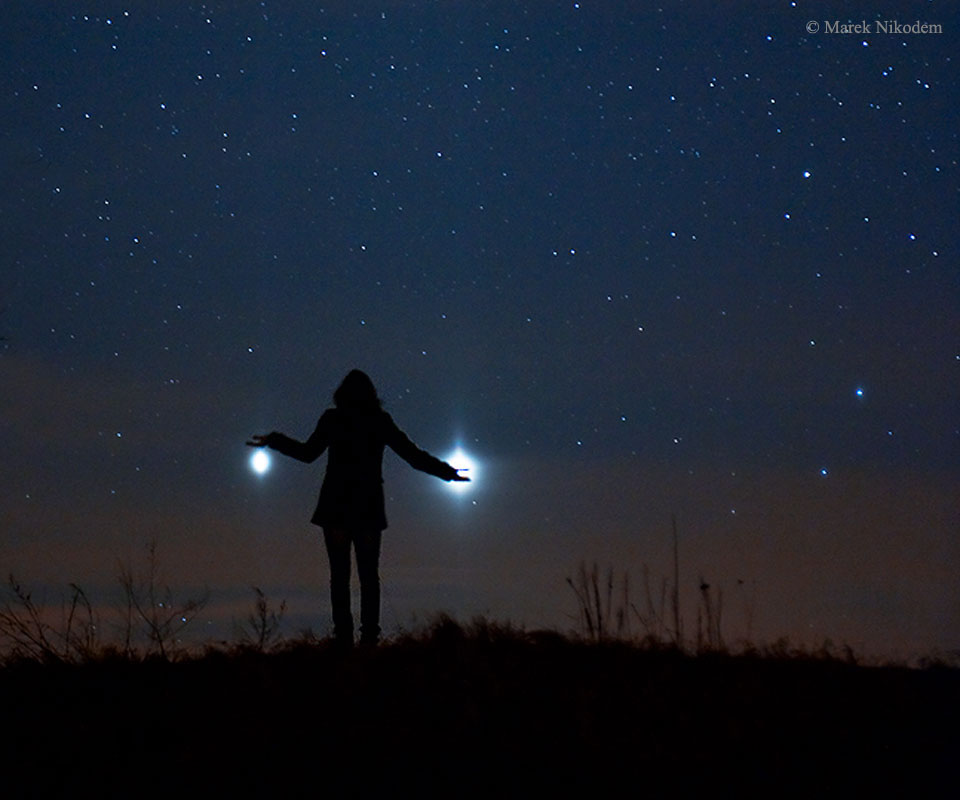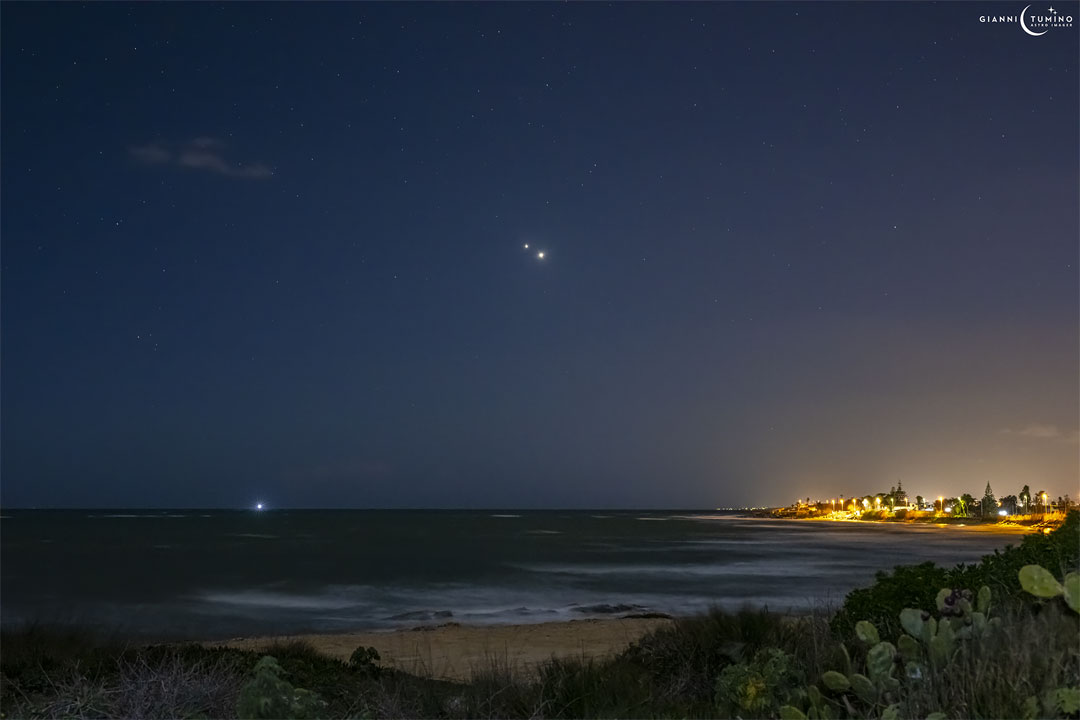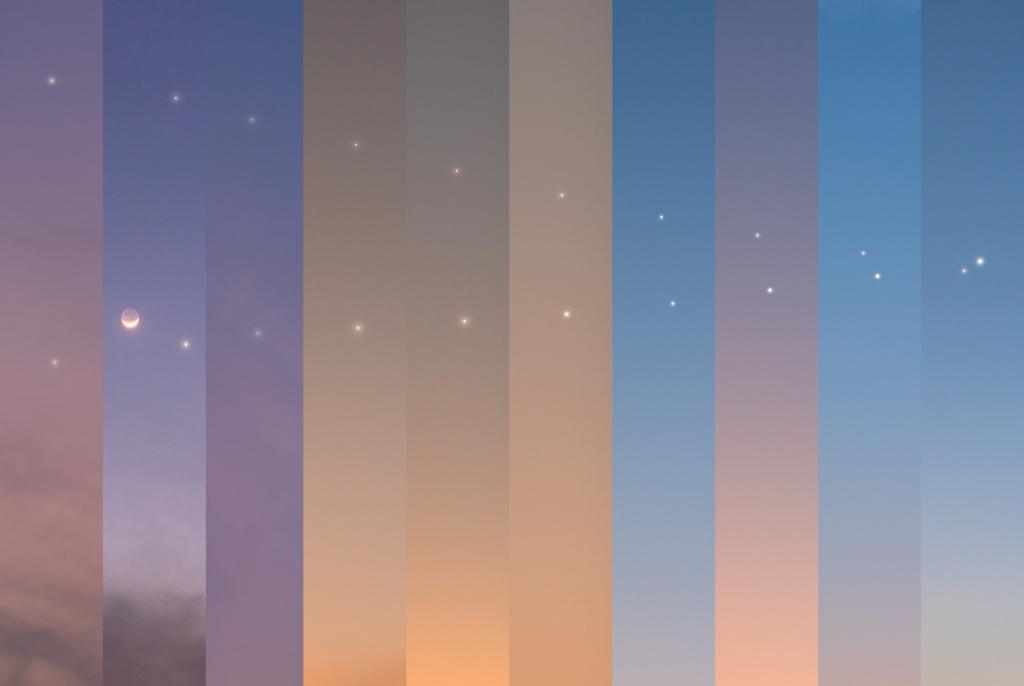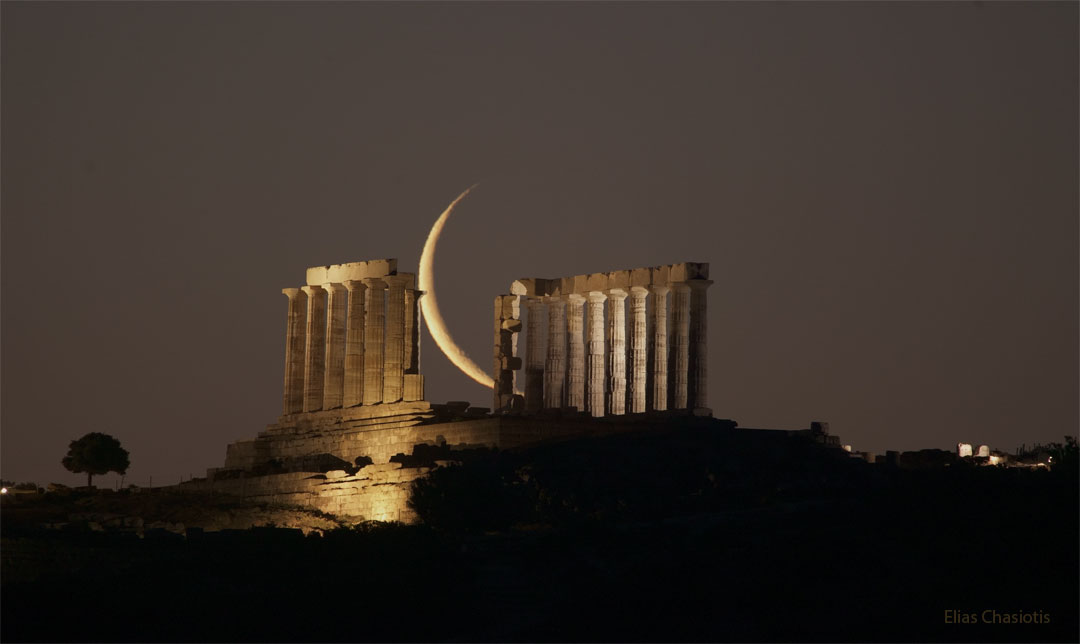Nombre total de pages vues
31/03/2023
ART FRACTAL - Fascinante fractale d’or
SANTE - (1/10) - Anatomie de la tête de côté avec les artères carotides
ASTRONOMY - Seeing Titan
2023 March 31
Image Credit: VIMS Team, U. Arizona, U. Nantes, ESA, NASA
Explanation: Shrouded in a thick atmosphere, Saturn's largest moon Titan really is hard to see. Small particles suspended in the upper atmosphere cause an almost impenetrable haze, strongly scattering light at visible wavelengths and hiding Titan's surface features from prying eyes. But Titan's surface is better imaged at infrared wavelengths where scattering is weaker and atmospheric absorption is reduced. Arrayed around this visible light image (center) of Titan are some of the clearest global infrared views of the tantalizing moon so far. In false color, the six panels present a consistent processing of 13 years of infrared image data from the Visual and Infrared Mapping Spectrometer (VIMS) on board the Cassini spacecraft orbiting Saturn from 2004 to 2017. They offer a stunning comparison with Cassini's visible light view. NASA's revolutionary rotorcraft mission to Titan is due to launch in 2027.
30/03/2023
AVIONS DE LEGENDE - Douglas DC3/C47
ASTRONOMY - NGC 4372 and the Dark Doodad
2023 March 30
Image Credit & Copyright: Matias Tomasello
Explanation: The delightful Dark Doodad Nebula drifts through southern skies, a tantalizing target for binoculars toward the small constellation Musca, The Fly. The dusty cosmic cloud is seen against rich starfields just south of the Coalsack Nebula and the Southern Cross. Stretching for about 3 degrees across the center of this telephoto field of view, the Dark Doodad is punctuated near its southern tip (upper right) by yellowish globular star cluster NGC 4372. Of course NGC 4372 roams the halo of our Milky Way Galaxy, a background object some 20,000 light-years away and only by chance along our line-of-sight to the Dark Doodad. The Dark Doodad's well defined silhouette belongs to the Musca molecular cloud, but its better known alliterative moniker was first coined by astro-imager and writer Dennis di Cicco in 1986 while observing Comet Halley from the Australian outback. The Dark Doodad is around 700 light-years distant and over 30 light-years long.
29/03/2023
AERONAUTIQUE - Le taxi volant français Atea est prêt à décoller
ASTSRONOMY - Sh2-308: A Dolphin Shaped Star Bubble
2023 March 29
Image Credit & Copyright: Aleix Roig (AstroCatInfo)
Explanation: Which star created this bubble? It wasn't the bright star on the bubble's right. And it also wasn't a giant space dolphin. It was the star in the blue nebula's center, a famously energetic Wolf-Rayet star. Wolf-Rayet stars in general have over 20 times the mass of our Sun and expel fast particle winds that can create iconic looking nebulas. In this case, the resulting star bubble spans over 60 light years, is about 70,000 years old, and happens to look like the head of a dolphin. Named Sh2-308 and dubbed the Dolphin-Head Nebula, the gas ball lies about 5,000 light years away and covers as much sky as the full moon -- although it is much dimmer. The nearby red-tinged clouds on the left of the featured image may owe their glow and shape to energetic light emitted from the same Wolf-Rayet star.
28/03/2023
ASTRONOMY - A Multiple Green Flash Sunset
2023 March 28
Image Credit & Copyright: T. Slovinský & P. Horálek (IoP Opava); CTIO, NOIRLab, NSF, AURA
Explanation: Yes, but can your green flash do this? A green flash at sunset is a rare event that many Sun watchers pride themselves on having seen. Once thought to be a myth, a green flash is now understood to occur when the Earth's atmosphere acts like both a prism and a lens. Different atmospheric layers create altitude-variable refraction that takes light from the top of the Sun and disperses its colors, creates two images, and magnifies it in just the right way to make a thin sliver appear green just before it disappears. Pictured, though, is an even more unusual sunset. From the high-altitude Cerro Tololo Inter-American Observatory in Chile one day last April, the Sun was captured setting beyond an atmosphere with multiple distinct thermal layers, creating several mock images of the Sun. This time and from this location, many of those layers produced a green flash simultaneously. Just seconds after this multiple-green-flash event was caught by two well-surprised astrophotographers, the Sun set below the clouds.
27/03/2023
ART FRACTAL - Les somptueuses spirales de Mandelbrot
ASTRONOMY - Aurora Over Arctic Henge
2023 March 27
Image Credit & Copyright: Cari Letelier
Explanation: Reports of powerful solar flares started a seven-hour quest north to capture modern monuments against an aurora-filled sky. The peaks of iconic Arctic Henge in Raufarhöfn in northern Iceland were already aligned with the stars: some are lined up toward the exact north from one side and toward exact south from the other. The featured image, taken after sunset late last month, looks directly south, but since the composite image covers so much of the sky, the north star Polaris is actually visible at the very top of the frame. Also visible are familiar constellations including the Great Bear (Ursa Major) on the left, and the Hunter (Orion) on the lower right. The quest was successful. The sky lit up dramatically with bright and memorable auroras that shimmered with amazing colors including red, pink, yellow, and green -- sometimes several at once.
26/03/2023
ACTIVITE SOLAIRE : Une tempête de très grande amplitude
ASTRONOMY - Wanderers
2023 March 26
Video Credit: Visuals: Erik Wernquist; Music: Christian Sandquist; Words & Voice: Carl Sagan
Explanation: How far out will humanity explore? If this video's fusion of real space imagery and fictional space visualizations is on the right track, then at least the Solar System. Some of the video's wondrous sequences depict future humans drifting through the rings of Saturn, exploring Jupiter from a nearby spacecraft, and jumping off a high cliff in the low gravity of a moon of Uranus. Although no one can know the future, wandering and exploring beyond boundaries -- both physical and intellectual -- is part of the human spirit and has frequently served humanity well in the past.
25/03/2023
ASTRONOMY - Venus and the Da Vinci Glow
2023 March 25
Image Credit & Copyright: Giorgia Hofer
Explanation: On March 23 early evening skygazers could watch Venus and a young crescent moon, both near the western horizon. On that date Earth's brilliant evening star, faint lunar night side and slender sunlit crescent were captured in this telephoto skyscape posing alongside a church tower from Danta di Cadore, Dolomiti, Italy. Of course the subtle lunar illumination is earthshine, earthlight reflected from the Moon's night side. A description of earthshine, in terms of sunlight reflected by Earth's oceans illuminating the Moon's dark surface, was written over 500 years ago by Leonardo da Vinci. On March 24, from some locations the Moon could be seen to occult or pass in front of Venus. Around the planet tonight, a waxing lunar crescent will appear near the Pleiades star cluster.
21/03/2023
ASTRONOMY - Dark Nebulae and Star Formation in Taurus
2023 March 21
Image Credit & Copyright: Vikas Chander
Explanation: Can dust be beautiful? Yes, and it can also be useful. The Taurus molecular cloud has several bright stars, but it is the dark dust that really draws attention. The pervasive dust has waves and ripples and makes picturesque dust bunnies, but perhaps more importantly, it marks regions where interstellar gas is dense enough to gravitationally contract to form stars. In the image center is a light cloud lit by neighboring stars that is home not only to a famous nebula, but to a very young and massive famous star. Both the star, T Tauri, and the nebula, Hind's Variable Nebula, are seen to vary dramatically in brightness -- but not necessarily at the same time, adding to the mystery of this intriguing region. T Tauri and similar stars are now generally recognized to be Sun-like stars that are less than a few million years old and so still in the early stages of formation. The featured image spans about four degrees not far from the Pleiades star cluster, while the featured dust field lies about 400 light-years away.
20/03/2023
ASTRONOMY - M1: The Expanding Crab Nebula
2023 March 20
Video Credit & Copyright: Detlef Hartmann
Explanation: Are your eyes good enough to see the Crab Nebula expand? The Crab Nebula is cataloged as M1, the first on Charles Messier's famous list of things which are not comets. In fact, the Crab is now known to be a supernova remnant, an expanding cloud of debris from the explosion of a massive star. The violent birth of the Crab was witnessed by astronomers in the year 1054. Roughly 10 light-years across today, the nebula is still expanding at a rate of over 1,000 kilometers per second. Over the past decade, its expansion has been documented in this stunning time-lapse movie. In each year from 2008 to 2022, an image was produced with the same telescope and camera from a remote observatory in Austria. The sharp, processed frames even reveal the dynamic energetic emission surrounding the rapidly spinning pulsar at the center. The Crab Nebula lies about 6,500 light-years away toward the constellation of the Bull (Taurus).
19/03/2023
ASTRONOMY - Equinox at the Pyramid of the Feathered Serpent
2023 March 19
Image Credit & Copyright: Robert Fedez
Explanation: To see the feathered serpent descend the Mayan pyramid requires exquisite timing. You must visit El Castillo -- in Mexico's Yucatán Peninsula -- near an equinox. Then, during the late afternoon if the sky is clear, the pyramid's own shadows create triangles that merge into the famous illusion of a slithering viper. Also known as the Temple of Kukulkan, the impressive step-pyramid stands 30 meters tall and 55 meters wide at the base. Built up as a series of square terraces by the pre-Columbian civilization between the 9th and 12th century, the structure can be used as a calendar and is noted for astronomical alignments. The featured composite image was captured in 2019 with Jupiter and Saturn straddling the diagonal central band of our Milky Way galaxy. Tomorrow marks another equinox -- not only at Temple of Kukulcán, but all over planet Earth.
ASTRONOMIE - Vénus flirte avec le fin croissant de Lune au crépuscule
Cette attrayante rencontre est à admirer tout au long de la soirée du 24 mars 2023.
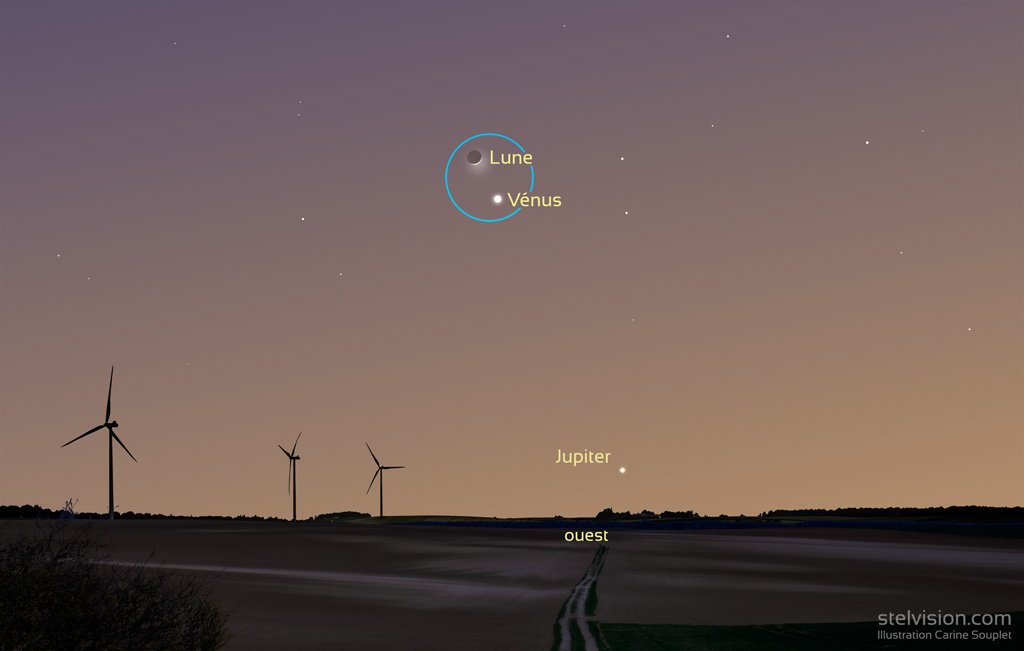
17/03/2023
ASTRONOMY - The Medusa Nebula
023 March 17
Image Credit & Copyright: Martin Bradley Chesterfield Astronomical Society
Explanation: Braided and serpentine filaments of glowing gas suggest this nebula's popular name, The Medusa Nebula. Also known as Abell 21, this Medusa is an old planetary nebula some 1,500 light-years away in the constellation Gemini. Like its mythological namesake, the nebula is associated with a dramatic transformation. The planetary nebula phase represents a final stage in the evolution of low mass stars like the sun as they transform themselves from red giants to hot white dwarf stars and in the process shrug off their outer layers. Ultraviolet radiation from the hot star powers the nebular glow. The Medusa's transforming star is the faint one near the center of the overall bright crescent shape. In this deep telescopic view, fainter filaments clearly extend below and right of the bright crescent region. The Medusa Nebula is estimated to be over 4 light-years across.
16/03/2023
ASTRONOMY - Saturn's Hyperion: A Moon with Odd Craters
2023 March 12
Image Credit: NASA, ESA, JPL, SSI, Cassini Imaging Team
Explanation: What lies at the bottom of Hyperion's strange craters? To help find out, the robot Cassini spacecraft that once orbited Saturn swooped past the sponge-textured moon and took images of unprecedented detail. A six-image mosaic from the 2005 pass, featured here in scientifically assigned colors, shows a remarkable world strewn with strange craters and an odd, sponge-like surface. At the bottom of most craters lies some type of unknown dark reddish material. This material appears similar to that covering part of another of Saturn's moons, Iapetus, and might sink into the ice moon as it better absorbs warming sunlight. Hyperion is about 250 kilometers across, rotates chaotically, and has a density so low that it likely houses a vast system of caverns inside.
13/03/2023
ASTRONOMY - Rainbow Tree
2023 March 13
Image Credit & Copyright: Eric Houck
Explanation: What lies at the end of a rainbow? Something different for everyone. For the photographer taking this picture, for example, one end of the rainbow ended at a tree. Others nearby, though, would likely see the rainbow end somewhere else. The reason is because a rainbow's position depends on the observer. The center of a rainbow always appears in the direction opposite the Sun, but that direction lines up differently on the horizon from different locations. This rainbow's arc indicates that its center is about 40 degrees to the left and slightly below the horizon, while the Sun is well behind the camera and just above the horizon. Reflections and refractions of sunlight from raindrops in a distant storm in the direction of the rainbow are what causes the colorful bands of light. This single exposure image was captured in early January near Knight's Ferry, California, USA.
11/03/2023
PALEONTOLOGIE - Le hynéria - Un monstre sous-marin
ASTRONOMY - Orion and the Running Man
2023 March 10
Image Credit & Copyright: Abraham Jones
Explanation: Few cosmic vistas excite the imagination like The Great Nebula in Orion. Visible as a faint celestial smudge to the naked-eye, the nearest large star-forming region sprawls across this sharp telescopic image, recorded on a cold January night in dark skies from West Virginia, planet Earth. Also known as M42, the Orion Nebula's glowing gas surrounds hot, young stars. About 40 light-years across, it lies at the edge of an immense interstellar molecular cloud only 1,500 light-years away within the same spiral arm of our Milky Way galaxy as the Sun. Along with dusty bluish reflection nebula NGC 1977 and friends near the top of the frame, the eye-catching nebulae represent only a small fraction of our galactic neighborhood's wealth of star-forming material. Within the well-studied stellar nursery, astronomers have also identified what appear to be numerous infant solar systems.
09/03/2023
ASTRONOMY - DART vs Dimorphos
023 March 9
Image Credit: NASA, Johns Hopkins APL, DART
Explanation: On the first planetary defense test mission from planet Earth, the DART spacecraft captured this close-up on 26 September 2022, three seconds before slamming into the surface of asteroid moonlet Dimorphos. The spacecraft's outline with two long solar panels is traced at its projected point of impact between two boulders. The larger boulder is about 6.5 meters across. While the DART (Double Asteroid Redirection Test) spacecraft had a mass of some 570 kilograms, the estimated mass of Dimorphos, the smaller member of a near-Earth binary asteroid system, was about 5 billion kilograms. The direct kinetic impact of the spacecraft measurably altered the speed of Dimorphos by a fraction of a percent, reducing its 12 hour orbital period around its larger companion asteroid 65803 Didymos by about 33 minutes. Beyond successfully demonstrating a technique to change an asteroid's orbit that can prevent future asteroid strikes on planet Earth, the planetary-scale impact experiment has given the 150-meter-sized Dimorphos a comet-like tail of material.
08/03/2023
ASTRONOMY - Artificial Night Sky Brightness
2023 March 8
Image Credit: Data: JPSS Satellites; Processing: David J. Lorenz
Explanation: Where have all the dim stars gone? From many places on the Earth including major cities, the night sky has been reduced from a fascinating display of thousands of stars to a diffuse glow through which only a few stars are visible. The featured map indicates the relative amount of light pollution that occurs across the Earth. The cause of the pollution is artificial light reflecting off molecules and aerosols in the atmosphere. Parts of the Eastern United States and Western Europe colored red, for example, have an artificial night sky glow over ten times that of the natural sky. In any area marked orange or red, the central band of our Milky Way Galaxy is no longer visible. The International Dark Sky Association suggests common types of fixtures that provide relatively little amounts of light pollution.
07/03/2023
ASTRONOMY - Deep Field: The Large Magellanic Cloud
2023 March 7
Image Credit & Copyright: Yuri Beletsky (Carnegie Las Campanas Observatory, TWAN)
Explanation: Is this a spiral galaxy? No. Actually, it is the Large Magellanic Cloud (LMC), the largest satellite galaxy of our own Milky Way Galaxy. The LMC is classified as a dwarf irregular galaxy because of its normally chaotic appearance. In this deep and wide exposure, however, the full extent of the LMC becomes visible. Surprisingly, during longer exposures, the LMC begins to resemble a barred spiral galaxy. The Large Magellanic Cloud lies only about 180,000 light-years distant towards the constellation of the Dolphinfish (Dorado). Spanning about 15,000 light-years, the LMC was the site of SN1987A, the brightest and closest supernova in modern times. Together with the Small Magellanic Cloud (SMC), the LMC can be seen in Earth's southern hemisphere with the unaided eye.
06/03/2023
SANTé/MEDECINE - Délicieuses herbes aromatiques - La sauge officinale
ASTRONOMY - Jupiter and Venus from Earth
2023 March 6
Image Credit & Copyright: Marek Nikodem (PPSAE)
Explanation: It was visible around the world. The sunset conjunction of Jupiter and Venus in 2012 was visible almost no matter where you lived on Earth. Anyone on the planet with a clear western horizon at sunset could see them. Pictured here in 2012, a creative photographer traveled away from the town lights of Szubin, Poland to image a near closest approach of the two planets. The bright planets were then separated only by three degrees and his daughter struck a humorous pose. A faint red sunset still glowed in the background. Jupiter and Venus are together again this month after sunset, passing within a degree of each other about a week ago.
05/03/2023
SANTé/MEDECINE - Cancer : l'espoir !
ASTRONOMY - Jupiter et Vénus au-dessus de l'Italie
2023 mars 5
Crédit d'image et droit d'auteur : Giovanni Tumino
Explication : Quels sont ces deux points lumineux ? Planètes. Il y a quelques jours, les deux planètes les plus brillantes du ciel nocturne sont passées à un degré près l'une de l'autre dans ce qu'on appelle une conjonction . Visibles juste après le coucher du soleil dans une grande partie du monde, les deux points lumineux étaient Jupiter (à gauche) et Vénus (à droite). L' image présentée a été prise près de l'approche la plus proche de Cirica , Sicile , Italie . La semaine précédente, Vénus s'élève plus haut dans le ciel du coucher du soleil pour rencontrer la chute de Jupiter. Maintenant, ils ont changé de place . Bien sûr, Vénus reste beaucoup plus proche à la fois du Soleil et de la Terre que Jupiter - la proximité apparente entre les planètes dans le ciel de la Terre n'était qu'angulaire . Vous pouvez toujours voir la paire populaire pendant environ une heure après le coucher du soleil ce mois-ci, bien qu'ils continuent de se séparer, et Jupiter continue de se coucher plus tôt chaque nuit.
04/03/2023
ASTRONOMY - 10 Days of Venus and Jupiter
2023 March 4
Image Credit & Copyright: Soumyadeep Mukherjee
Explanation: Venus and Jupiter may have caught your attention lately. The impending close conjunction of the two brightest planets visible in clear evening skies has been hard to miss. With Jupiter at the top, starting on February 21 and ending on March 2, their close approach is chronicled daily, left to right, in these panels recorded from Dhanbad, India. Near the western horizon, the evening sky colors and exposures used for each panel depend on the local conditions near sunset. On February 22, Jupiter and Venus were joined by the young crescent Moon. The celestial pair appeared to be only the width of a full moon apart by March 2. Of course on that date the two planets were physically separated by over 600 million kilometers in their orbits around the Sun. In the coming days Jupiter will slowly settle into the glare at sunset, but Venus will continue to move farther from the Sun in the western sky to excel in its current role as the brilliant evening star.
03/03/2023
ASTRONOMY - Crescent Moon Beyond Greek Temple
2023 February 28
Image Credit & Copyright: Elias Chasiotis
Explanation: Why is a thin crescent moon never seen far from a horizon? Because the only geometry that gives a thin crescent lunar phase occurs when the Moon appears close to the Sun in the sky. The crescent is not caused by the shadow of the Earth, but by seeing only a small part of the Moon directly illuminated by the Sun. Moreover, the thickest part of the crescent always occurs in the direction of the Sun. In the evening, a thin crescent Moon will set shortly after the Sun and not be seen for the rest of the night. Alternatively, in the morning, a crescent Moon will rise shortly before the Sun after not being seen for most of the night. Pictured two weeks ago, a crescent moon was captured near the horizon, just before sunrise, far behind remnants of the ancient Temple of Poseidon in Greece.
ASTRONOMY - Orion and the Ocean of Storms
2025 December 13 Orion and the Ocean of Storms Image Credit: NASA , Artemis 1 Explanation: On December 5, 2022, a camera on board the u...

-
2022 September 26 All the Water on Planet Earth Illustration Credit: Jack Cook, Adam Nieman, Woods Hole Oceanographic Institution ; Data ...
-
2025 May 11 The Surface of Venus from Venera 14 Image Credit: Soviet Planetary Exploration Program , Venera 14 ; Processing & Copyri...


